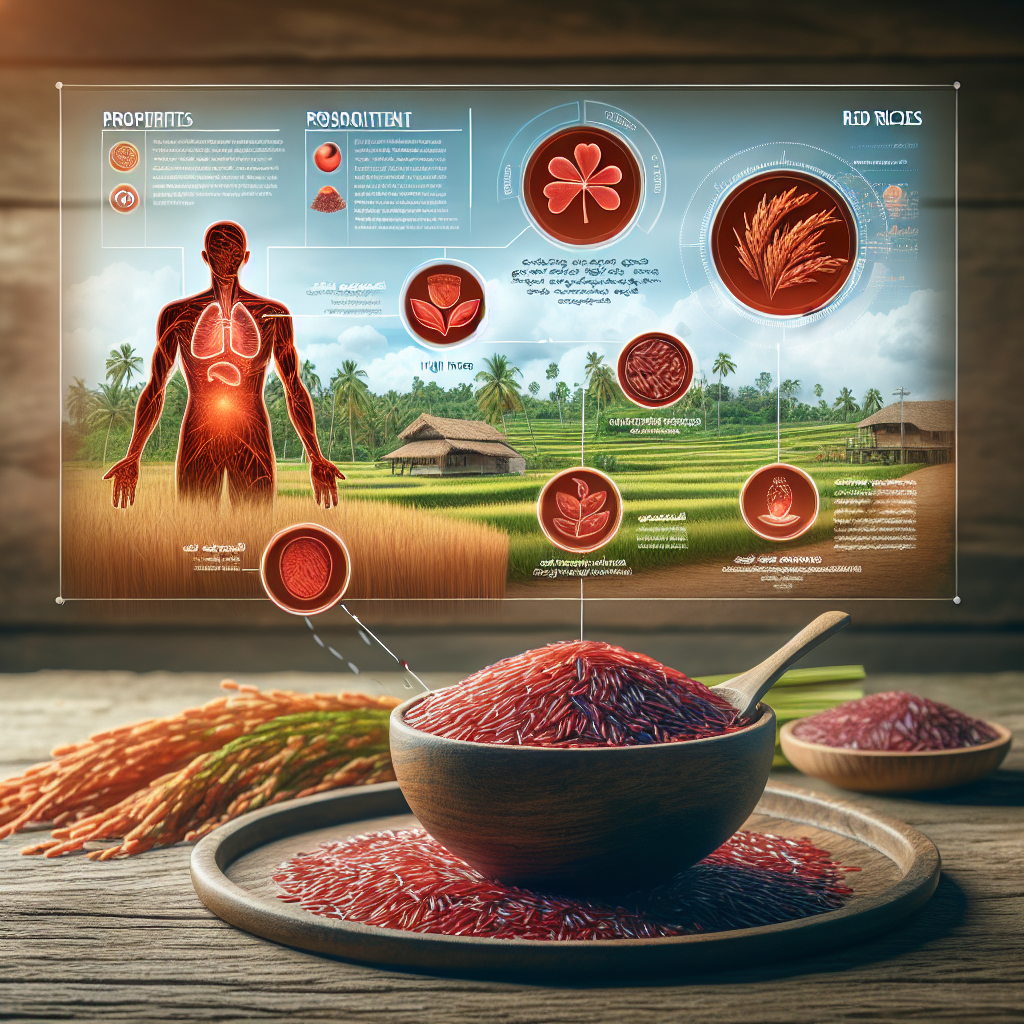The Benefits of Sri Lankan Red Rice

In this article, we will explore the unique benefits of Sri Lankan red rice and why it is a worthy addition to your culinary experience. From its nutritional value to its cultural significance, you’ll learn about the numerous reasons to make this local staple a part of your diet while traveling in Sri Lanka.
Table of Contents
ToggleWhat Makes Sri Lankan Red Rice Unique?
Sri Lankan red rice is not just any rice; it has a rich history and is an integral part of the island’s cultural and culinary landscape. This rice is often darker than white rice, indicating its richness in nutrients. The color is due to the presence of anthocyanins, which are powerful antioxidants. Unlike its white counterpart, red rice retains the bran and germ during processing, making it healthier and more flavorful.
Each region of Sri Lanka grows its unique varieties of red rice, such as ‘Kaluduru Samba’ and ‘Rathu Keeri.’ These types have adapted to the local climate and soil, making them distinct in taste and health benefits. Travelers in Sri Lanka should not miss the opportunity to taste dishes made with this hearty grain, as it offers a glimpse into the island’s agricultural traditions.
What Health Benefits Does Sri Lankan Red Rice Offer?
One of the key reasons to indulge in Sri Lankan red rice is its impressive health benefits. High in fiber, it helps regulate digestion and keeps you feeling full longer. This is particularly beneficial for travelers who may suffer from digestive issues due to changes in diet while exploring.
Red rice is also rich in essential vitamins and minerals. It contains iron, magnesium, and various B vitamins that are vital for energy production and overall health. This nutritional profile makes red rice a great choice for maintaining energy levels during your travels, allowing you to explore the beautiful landscapes and historic sites of Sri Lanka without feeling fatigued.
How does Sri Lankan Red Rice Promote Sustainability?
Choosing to eat Sri Lankan red rice also has positive environmental implications. Many local farmers practice sustainable agriculture, often using organic methods. By supporting these farmers, travelers contribute to the preservation of local ecosystems and biodiversity. This practice not only helps the environment but also strengthens the community.
Additionally, red rice typically grows well in Sri Lanka’s diverse climates, reducing the need for chemical fertilizers and pesticides. By consuming this locally sourced grain, you become part of a sustainable food cycle that prioritizes health and sustainability. This is particularly important in a time when global food systems are increasingly challenged by environmental issues.
How Can You Include Sri Lankan Red Rice in Your Diet?
Including Sri Lankan red rice in your diet while traveling can be both enjoyable and convenient. Many restaurants across the island feature this grain in traditional dishes such as ‘Sri Lankan curry’ and ‘rice and sambol.’ The nutty flavor and chewy texture work wonderfully with a variety of curries and side dishes, making for an authentic dining experience.
You can also find red rice served in salads, stir-fries, and even in desserts, offering endless possibilities for incorporating it into your meals. If you enjoy cooking, consider visiting a local market to purchase your own red rice. This allows you to experience the process of preparing and enjoying Sri Lankan cuisine firsthand while providing a unique souvenir to take back home.
What Cultural Significance Does Sri Lankan Red Rice Hold?
Sri Lankan red rice is not just a food item; it holds deep cultural significance. Traditionally, rice farming has been the backbone of Sri Lankan agriculture, and red rice varieties are often featured in festivals and rituals. By consuming this rice, travelers participate in the rich heritage of Sri Lanka, appreciating its cultural tapestry.
Popular among locals, red rice is often served during family gatherings and celebrations, making it a staple in everyday life. Understanding its importance can enrich your travel experience, allowing for a deeper connection to the people and traditions of Sri Lanka. Each grain tells a story of resilience, community, and a way of life that has persisted over generations.
Conclusion
Sri Lankan red rice is a remarkable food that promises numerous benefits, from health advantages to promoting sustainability and preserving cultural heritage. Not only does it provide a hearty and nutritious option while traveling, but it also connects you to the land and its people. So, make sure to include this local treasure in your culinary adventures as you explore the beautiful island of Sri Lanka.
FAQs
Can I find Sri Lankan red rice outside of Sri Lanka?
Yes, many Asian grocery stores may carry Sri Lankan red rice or similar varieties. Additionally, online retailers often stock it, making it accessible regardless of your location.
Is Sri Lankan red rice gluten-free?
Yes, red rice is naturally gluten-free, making it a great choice for those with gluten intolerance or celiac disease.
How does the taste of Sri Lankan red rice differ from white rice?
Sri Lankan red rice has a nuttier flavor and a chewier texture compared to white rice. This distinct taste enhances many dishes in which it is used.
Can I grow Sri Lankan red rice in my garden?
While it is possible to grow red rice in suitable climates, it requires specific conditions such as waterlogged soil and warm temperatures. It may be better suited for larger spaces than a typical home garden.
What are some popular dishes prepared with Sri Lankan red rice?
Popular dishes include ‘red rice and chicken curry,’ ‘red rice with lentils,’ and ‘red rice salads,’ all of which highlight the unique flavor and texture of the grain.
All Categories
Recent Posts
How to Obtain an International Driving License in Sri Lanka
Flying from KTM to Sri Lanka: What You Need to Know
Affordable Business Class Flights to Sri Lanka

